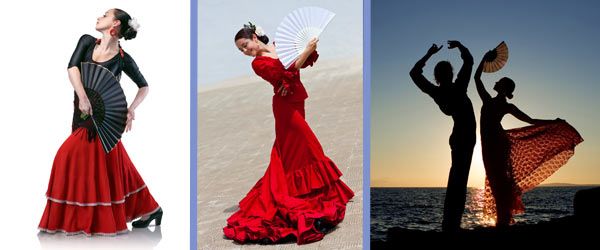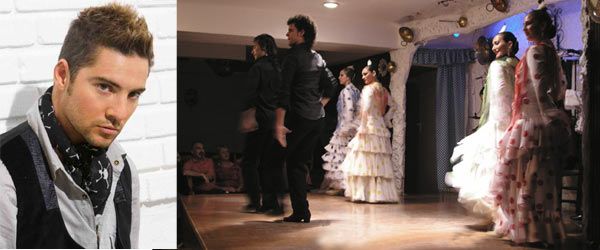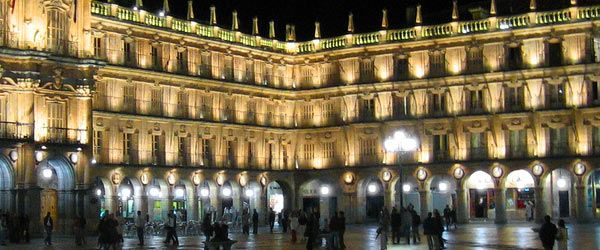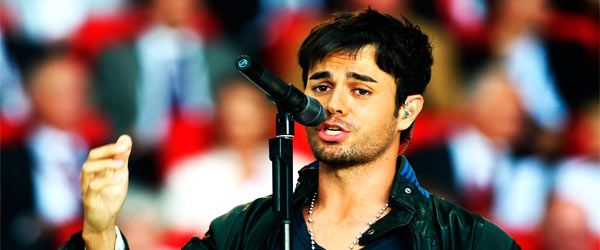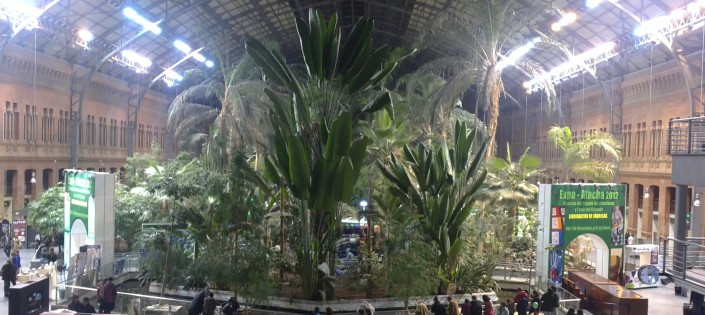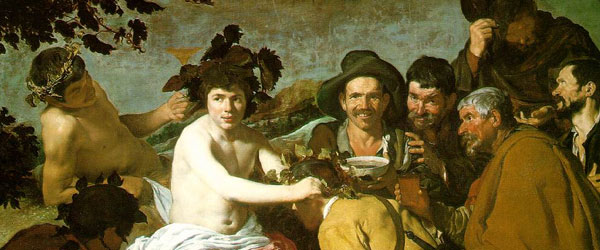Watching television in Spain | donQuijote

Watching television is not as popular in Spain as it is in the Netherlands. Spaniards, thanks to the climate, mostly live outside and if the television is on at all, it is usually during dinner. Spaniards do not slouch on the couch in front of the television.
Until 1975, Franco's regime imposed strict censorship on the Spanish media. This caused few good films to come from Spain until then. In 1956, the television channel TVE came into being. TVE is similar to the Dutch NOS. Mostly documentaries, news lectures and sports were broadcast. Until 1974, all programs in Spain were in black and white. In 1977, all TV channels were in color.
The Spanish way of watching television is very different from the Dutch way. Where the Dutch often watch television on the couch after dinner, Spaniards mainly watch television during dinner. This is why most televisions in Spanish households can be found in the dining room or kitchen.
Spanish films
Spanish films are a reflection of Spanish culture, diverse, raw and passionate. Abre los ojos is considered the most successful Spanish film. Made in 1997, this film is about the beautiful man, Cesar who lives in Madrid. Because of his outward appearance, he gets enough attention from women, much to the jealousy of his girlfriend. This jealousy has caused his girlfriend to cause a car accident in which Cesar gets disfigured in his face. This accident changes his whole life and this film is about Cesar's search for a new love.
Penélope Cruz
One of the leading roles in Abre los ojos is played by Penélope Cruz. She also played the same role in the American film adaptation Vanilla Sky. She is one of Spain's most famous actresses of all time. Before studying theater in New York, Penélope Cruz studied ballet in Madrid. To this day, Penélope Cruz is one of Hollywood's most famous actresses and, among other things, has a star on the Hollywood Walk of Fame. Penélope is married to Javier Bardem, also a celebrated Spanish actor. Among other awards, he received an oscar for his role in No country for old men, in which he plays a cold-blooded hitman.
Antonio Banderas
Finally, we must not forget Antonio Banderas! Who doesn't know him? He has sidns 2005 star on the Hollywood walk of Fame and he is known, among other things, for his role in Spy Kids, but really broke through in America with his role in Philadelphia in 1993. After his breakthrough in America, he played in many films. His most famous role he played in the movie The Mask of Zorro in which he plays Zorro. This puts him, along with Penélope Cruz and Javier Bardem, at the top of the Spanish film industry!

